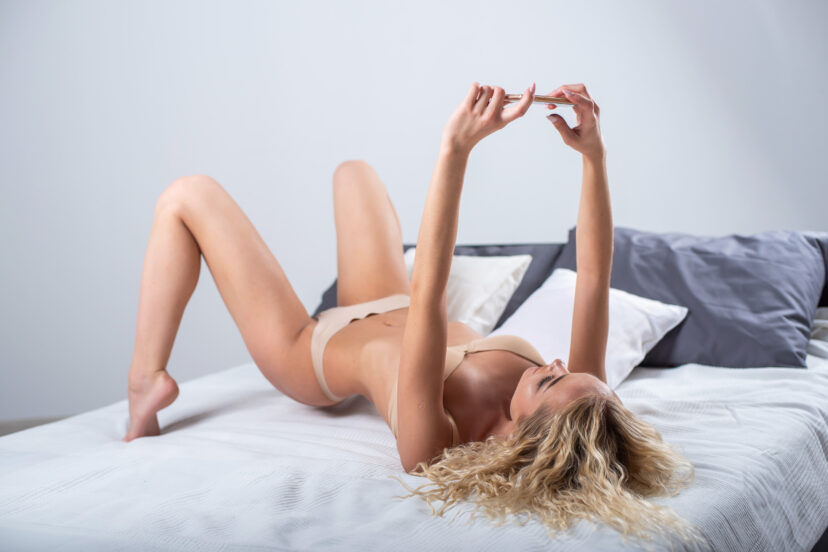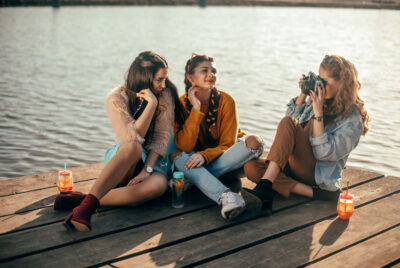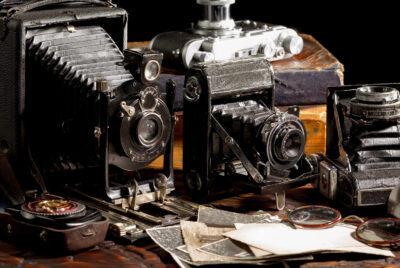Erotic Photography
Let me be honest with you—when I first picked up a camera, I never imagined I’d fall in love with erotic photography. But here I am, years later, still captivated by the raw intimacy, the trust, and the storytelling this genre allows. If you’re curious about diving into this world, I’ll walk you through the artistic, technical, and emotional side of erotic photography.
What Is Erotic Photography?
The Art Versus the Taboo
Erotic photography is often misunderstood. While some people immediately associate it with adult content, what I see is emotion, sensuality, and connection. It’s not about being explicit—it’s about being expressive. It sits at the intersection of vulnerability and visual storytelling.
How It Differs from Pornography
Here’s the line: erotic photography suggests, while pornography shows. Erotic imagery relies on mood, composition, and subtle cues. It leaves space for interpretation, where the viewer fills in the blanks with imagination.
>>> Today’s deals for cameras on Amazon CLICK HERE <<<
A Brief History of Erotic Photography
Early Pioneers
Believe it or not, erotic photography has been around since the 1800s. Photographers like Eadweard Muybridge experimented with the human form in motion—clothed and unclothed. Back then, everything was hush-hush and considered scandalous.
Modern-Day Evolution
Today, erotic photography is embraced as art. It’s exhibited in galleries, published in coffee table books, and celebrated in magazines. Styles have evolved too—from film noir-inspired glam to neon-lit contemporary edge.
Why I Chose Erotic Photography
A Celebration of Confidence
There’s nothing more empowering than helping someone see themselves in a new light—literally and figuratively. The shoots I do are all about confidence, beauty, and body positivity.
Telling Intimate Stories
Every image has a backstory. Whether it’s a quiet moment of reflection or a flirtatious glance, the photos reveal truths people rarely say out loud.
Essential Gear for Erotic Photography
Choosing the Right Camera
You don’t need the most expensive gear to start, but you do need a camera that handles low light well. I personally shoot with a full-frame mirrorless for its dynamic range and clarity in subtle shadows.
Lenses That Work Best
Prime lenses like 50mm or 85mm are my go-to. They keep the subject intimate and allow that lovely background blur that makes the scene feel dreamy and soft.
Lighting for Mood and Mystery
Lighting is everything. A single softbox can turn an ordinary room into a cinematic dream. I also use LED panels with adjustable temperatures to set a warm or cool tone, depending on the mood.
Setting the Scene: Location and Props
Studio vs. Natural Environments
Studios offer control, but natural light from a window can be magical. I’ve shot in everything from cozy bedrooms to abandoned buildings—each setting tells a different story.
Importance of Props and Textures
Silk sheets, mirrors, vintage furniture—props bring atmosphere to life. Even something as simple as a sheer curtain can turn a scene from bland to breathtaking.
>>> Buy cameras on Amazon CLICK HERE <<<
Working with Models Respectfully
Consent and Communication
This isn’t just a rule—it’s the foundation of everything. I start every shoot with a chat, not a camera. We talk boundaries, comfort levels, and intentions.
Posing Tips and Comfort First
Start simple—ask the model to stretch, breathe, move. I give gentle direction and always allow space for natural moments. If they feel confident, the photos will show it.
Style and Mood: Crafting the Visual Narrative
Soft and Romantic vs. Bold and Edgy
Your style may lean toward pastel sheets and natural light, or toward high-contrast lighting and leather jackets. Both are valid. Find your voice and stick to it.
Color Grading and Post-Processing
This is where magic happens. Warm tones can evoke intimacy; cooler edits may add distance or mystery. I keep my editing subtle—just enough to enhance, not distract.
Legal and Ethical Considerations
Model Releases and Age Verification
No exceptions—get signed releases before you shoot, and always verify that your model is over 18. This protects you and respects the model.
Publishing and Platform Guidelines
Social media and websites have their own rules. What flies on your personal site might get flagged on Instagram. Read the fine print before uploading.
Tips From My Experience
Build Trust Before the Shoot
Chat beforehand. Share your portfolio. Let them know what to expect. When people feel safe, they open up—and that’s when you capture gold.
Let the Model Guide the Mood
Some want playful, others want powerful. I ask how they want to feel in the images and shape the shoot around that.
Don’t Rush the Process
Take your time. Let moments unfold. Sometimes the best shot happens after an hour of silence, right when the model finally forgets the camera.
Final Thoughts
Erotic photography isn’t about shock value—it’s about connection, confidence, and creative freedom. It’s one of the most misunderstood yet rewarding genres out there. If you respect the art and the people in front of your lens, you’ll create something truly unforgettable.
So if you’re curious—start small, start safe, and start shooting. The stories you’ll capture are worth it.
>>> Today’s deals for cameras on Amazon CLICK HERE <<<
FAQs
1. Can beginners get into erotic photography?
Absolutely. Start by studying lighting and working with friends in comfortable settings. Trust and learning go hand in hand.
2. Do I need a professional studio?
Nope. A window, a bed, and a good camera can work wonders. It’s about vibe, not location.
3. How do I find models?
Try collaborating with artists or use modeling platforms. Always meet first, discuss boundaries, and ensure clear communication.
4. What should I do during awkward moments?
Laugh them off. Normalize the pauses. Most awkward moments turn into genuine, beautiful photos if you’re patient.
5. Is post-processing important?
Very! A light touch can highlight emotion and tone. Learn how to retouch while keeping authenticity intact.
Further reading
Check out our other relevant articles:
Art of Portrait Photography: Master Techniques for Stunning Shots
Here are two authoritative resources offering educational guidance on erotic photography:
-
The Art of Erotic Photography: A Comprehensive Guide
This guide delves into the nuances of erotic photography, distinguishing it from boudoir photography, and offers practical advice on preparing for a shoot. It emphasizes the importance of consent, communication, and creating a comfortable environment for subjects. -
Erotica Guide for Photographers
This resource provides an in-depth look at the ethical considerations in erotic photography. It covers topics such as navigating personal biases, establishing a sex-positive studio environment, and maintaining clear boundaries with clients.
These resources complement the article by providing in-depth information and standardized practices essential for professionals and enthusiasts in the field of erotic photography.




